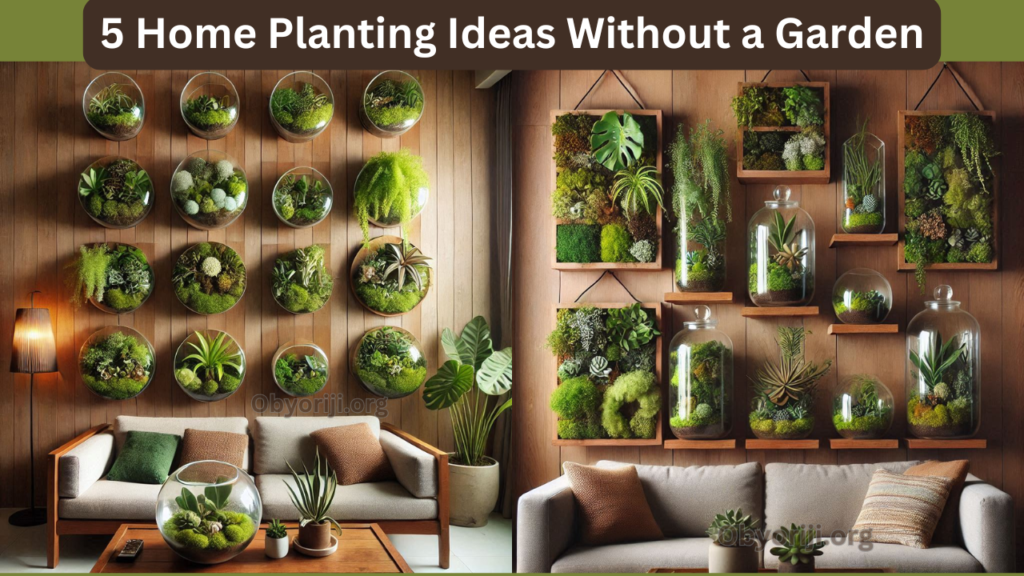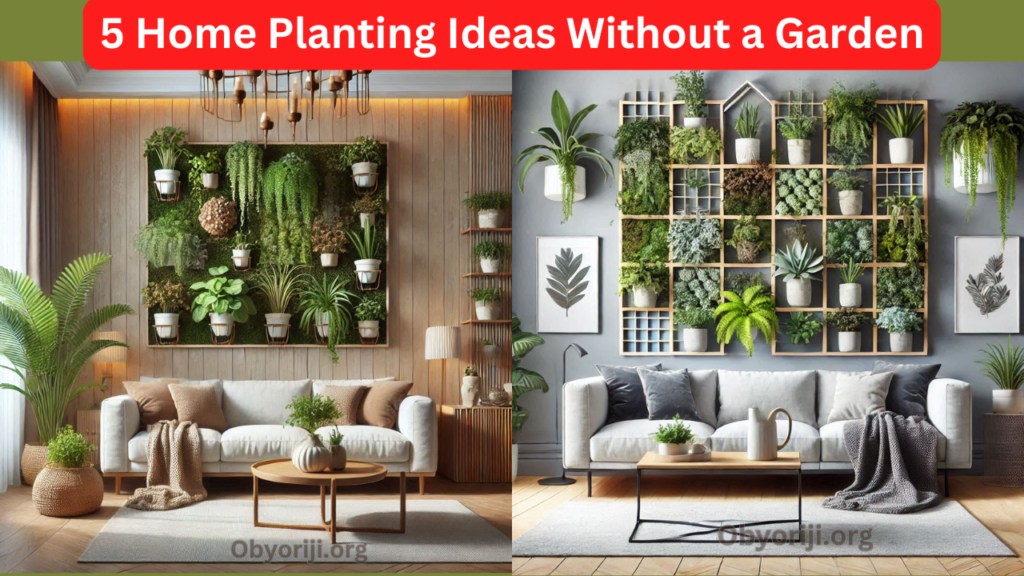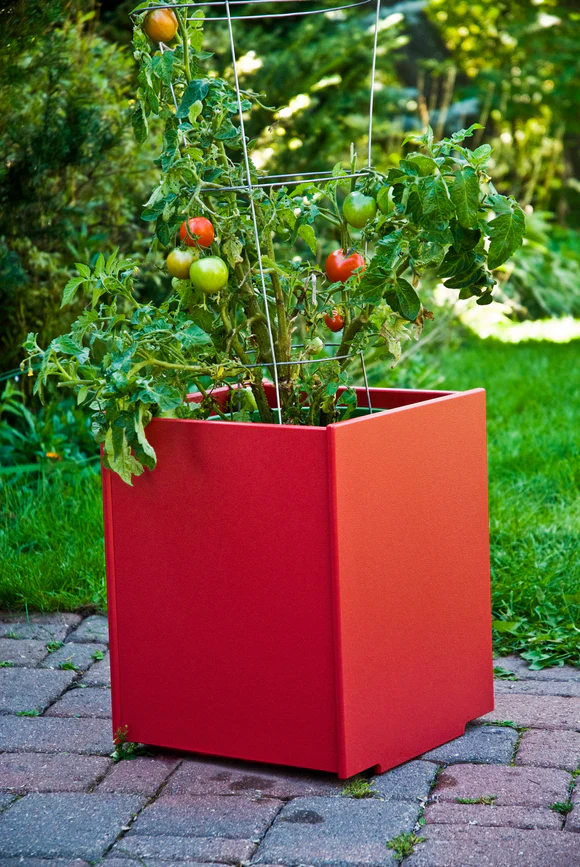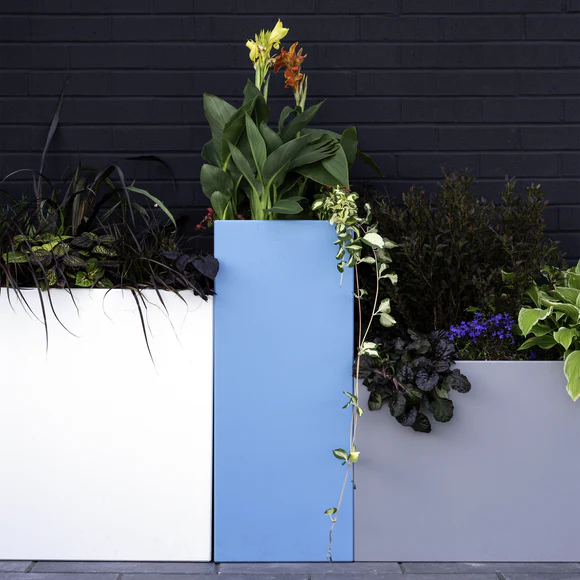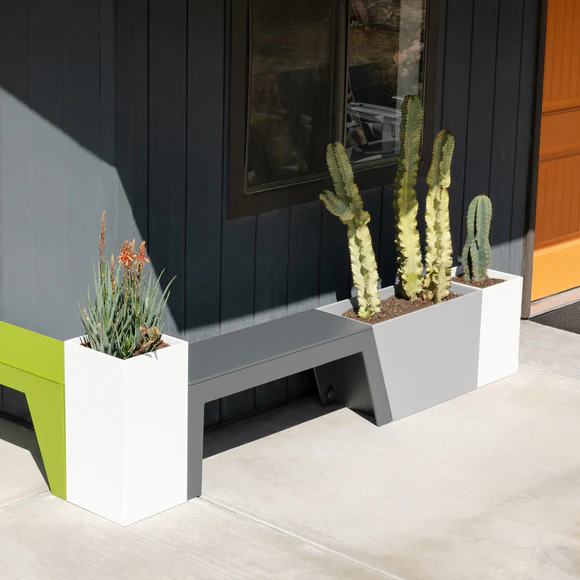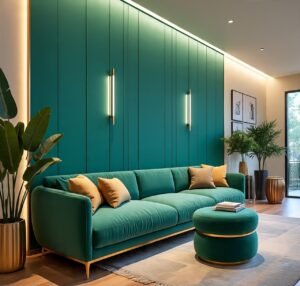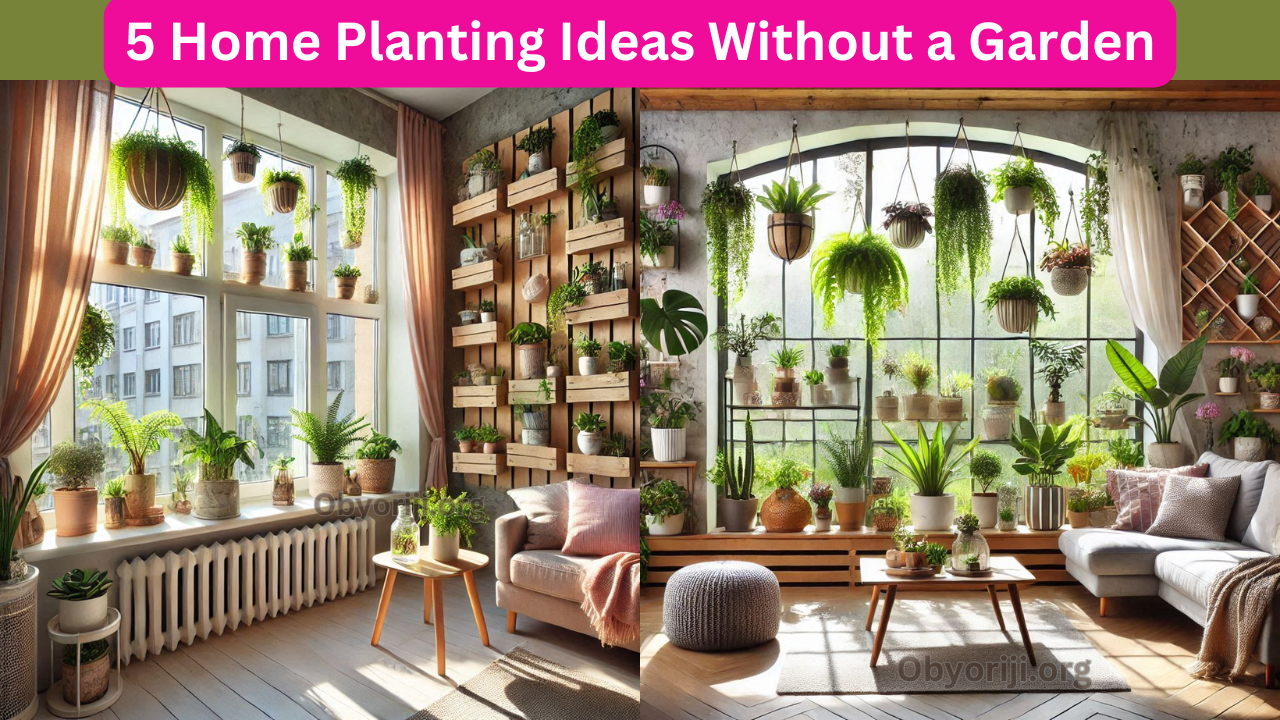
5 Home Planting Ideas Without a Garden
- LUXURIOUS & ELEGANT: This beautiful snugly cushion cover is designed for luxurious feel and elegance, its made of high g…
- MATERAIL: Our pillow cover is made of grade A polyester, premium quality faux fur, super soft.
- SIZE:Our cushion cover is 18 x 18Inch / 45 x 45cm.(Please allow 1~2cm deviation because of hand-cutting and sewing.)
The price of groceries and so many other things are skyrocketing. There is a saying that ‘Everyone should focus on what they can control’. While we can’t control the rising cost of tax, services, and petrol, we can at least control how much is spent on groceries, especially for families.
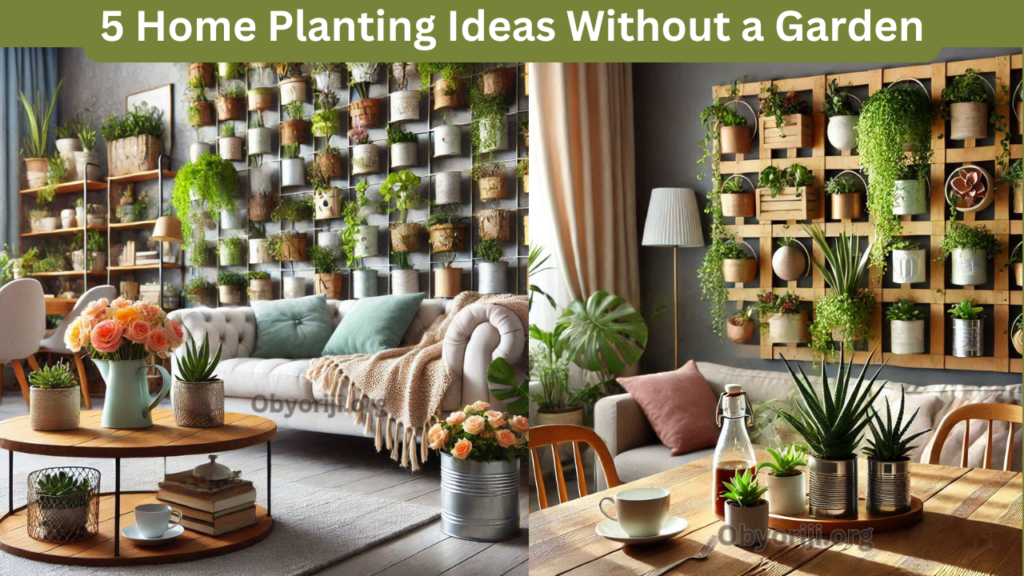
Planting is never going out of style, especially if we have to stay healthy, feed healthy, and protect the environment from the damage being done by human activities, then we have to keep planting.
But in a case where you live in a home without a garden, then it becomes a restricting factor for some people, but the truth is that you don’t need a sprawling garden to embrace the joys of planting and greenery in your home.
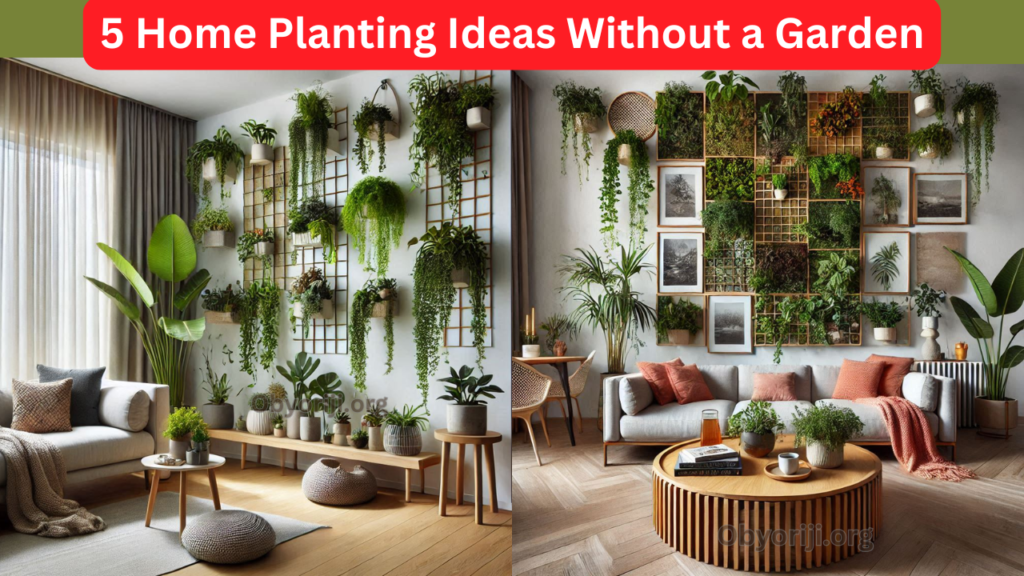
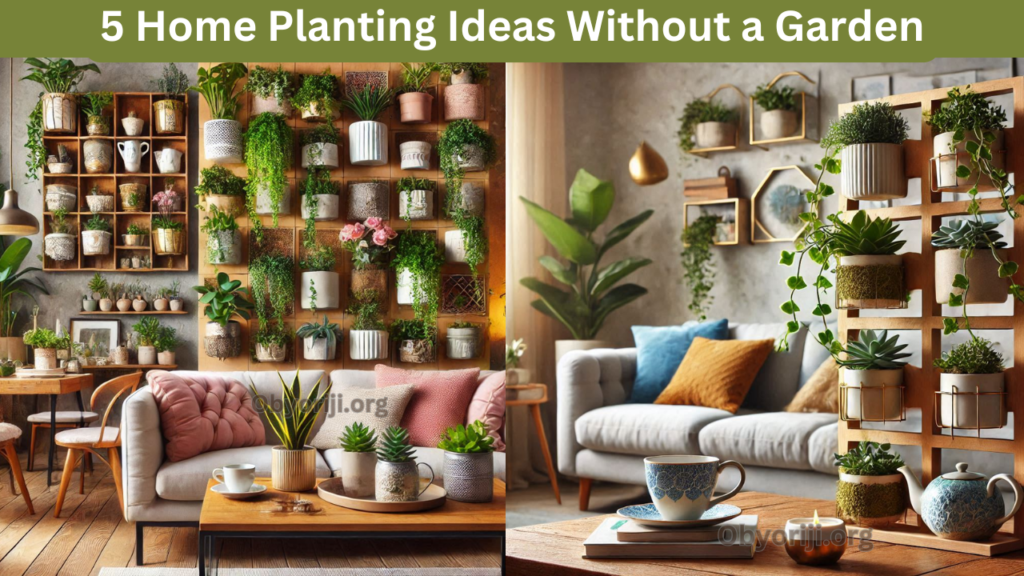
Whether you’re in a cosy apartment or a home with limited outdoor space, there are countless ways to grow plants, and gift your living area a lush garden, where your reliable herbs and vegetables grow. Here are five innovative planting ideas that let you bring nature in/outdoors in your sanctuary, no matter your space constraints.


1. Vertical Gardens

When horizontal space is limited in the place you call home, think vertically! this is something that doesn’t always occur to people, to use the vertical space in their homes, vertical gardens are perfect for adding greenery without sacrificing valuable square footage, especially when there is little to none available. These installations are not only functional but also serve as stunning decorative pieces.
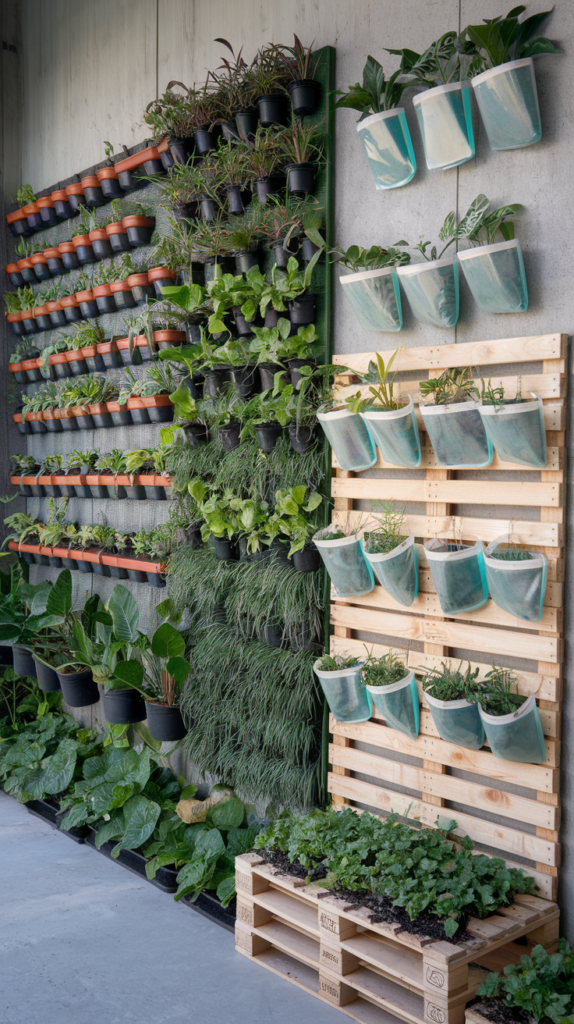
How to Create a Vertical Garden:
- Wall Planters: Use wall-mounted planters or racks to hold small pots. These can be arranged in geometric patterns or staggered rows for visual interest.
- Pallet Gardens: Repurpose a wooden pallet by attaching small pots or filling its slots with soil. This rustic style suits both modern and traditional interiors.
- Pocket Planters: Fabric or felt pocket planters can be hung on walls, making it easy to grow herbs, flowers, or small leafy plants.
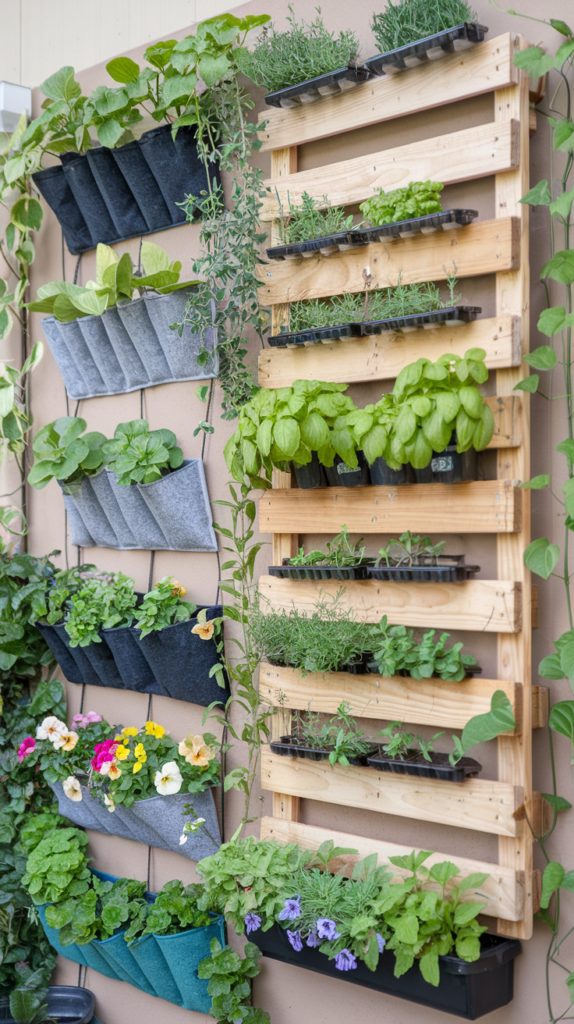
Best Plants for Vertical Gardens:
- Herbs like basil, thyme, and mint.
- Small flowering plants such as petunias or pansies.
- Vines like pothos or philodendron for a beautifying effect.

2. Window Sill Gardens

Your window sills can double as miniature gardens with the right approach. A sunny window sill is ideal for growing a variety of plants while keeping them easily accessible.

How to Use Window sills for Planting:
- Choose the Right Containers: Use small pots, mason jars, or decorative containers to fit the width of your window sill.
- Ensure Proper Drainage: Line the bottom of each container with pebbles or use pots with drainage holes to prevent overwatering.
- Rotate for Even Growth: Turn the pots regularly to ensure all sides of the plant receive sunlight.
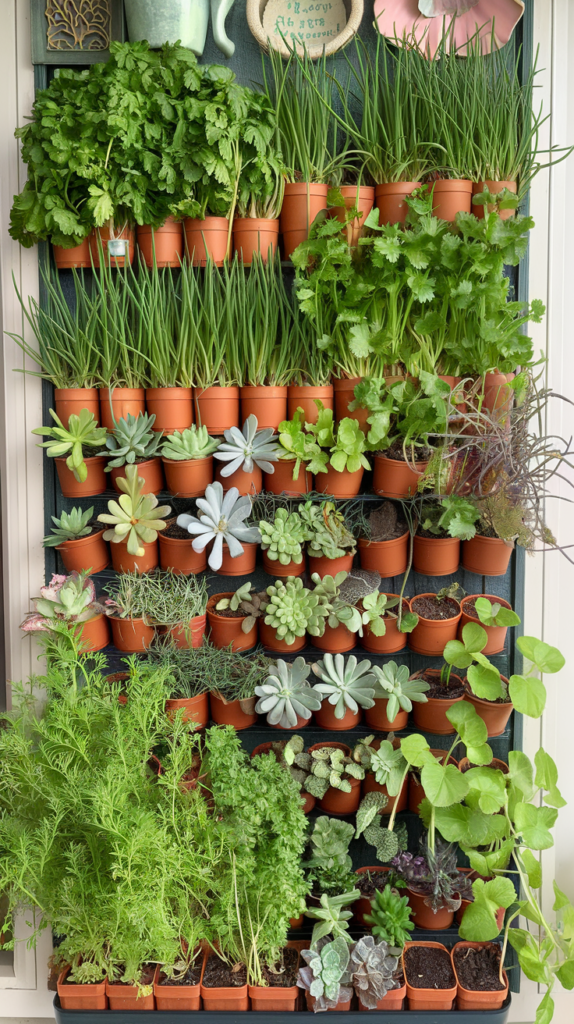
Best Plants for Window sills:
- Herbs like parsley, cilantro, and chives, curry, scent leaves
- Succulents such as echeveria or jade plants.
- Small flowering plants like African violets.

3. Hanging Planters

Hanging planters are a fantastic way to add greenery to your home while saving surface space. Suspended from ceilings, these planters create a floating garden effect that’s both practical and aesthetically pleasing.
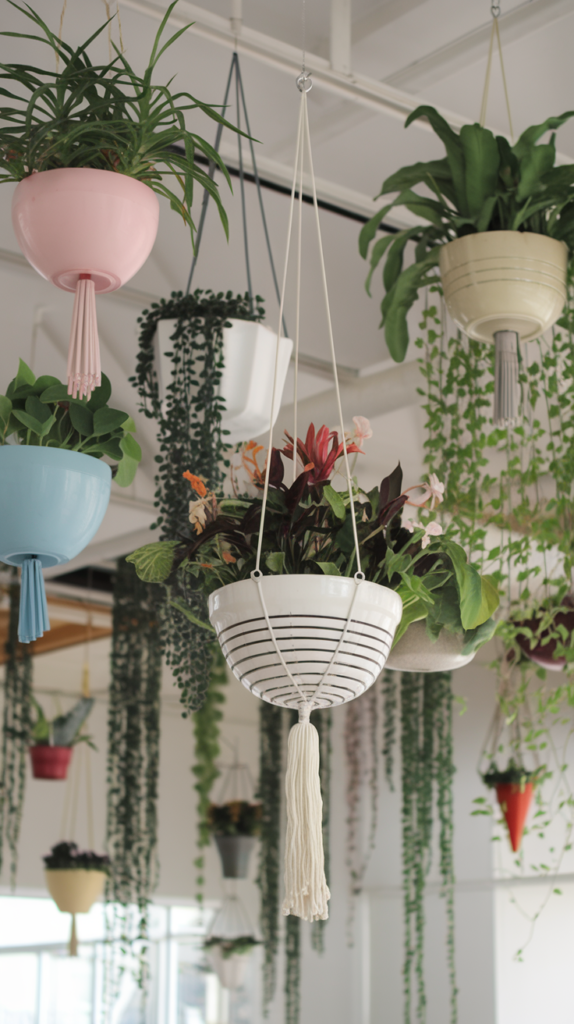
How to Set Up Hanging Planters:
- Macramé Hangers: Use stylish macramé hangers to hold pots at varying heights for a boho-chic vibe.
- Wall-Mounted Hooks: Secure hooks on sturdy walls or ceilings to hang lightweight planters.
- Cluster for Impact: Group multiple hanging planters together to create a focal point in the room.

Best Plants for Hanging Planters:
- Trailing plants like a string of pearls, spider plants, tomatoes, ugu leaves, or ivy.
- Compact plants such as ferns or small philodendrons.
- Flowering plants like fuchsias or begonias.
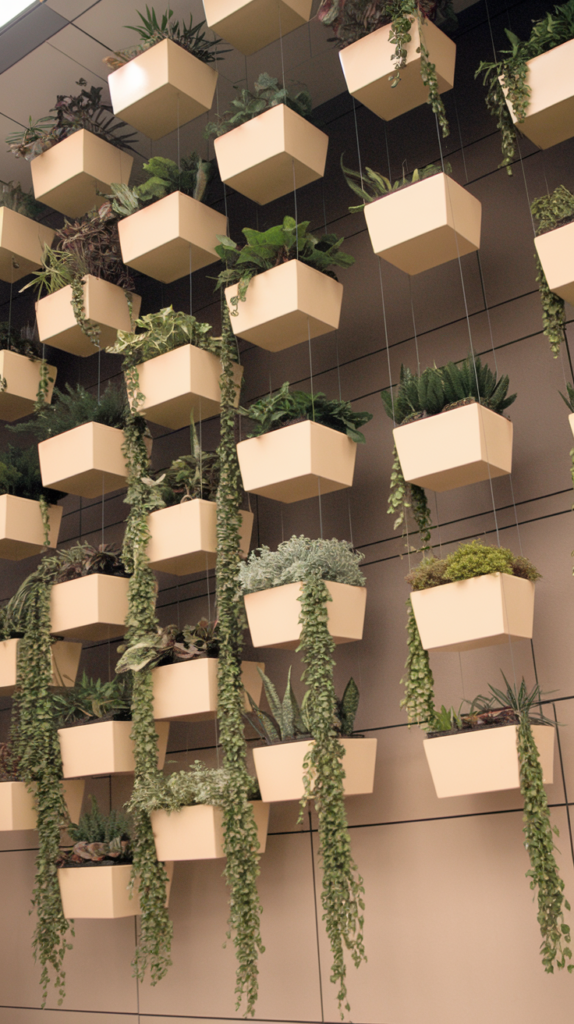
4. Terrariums
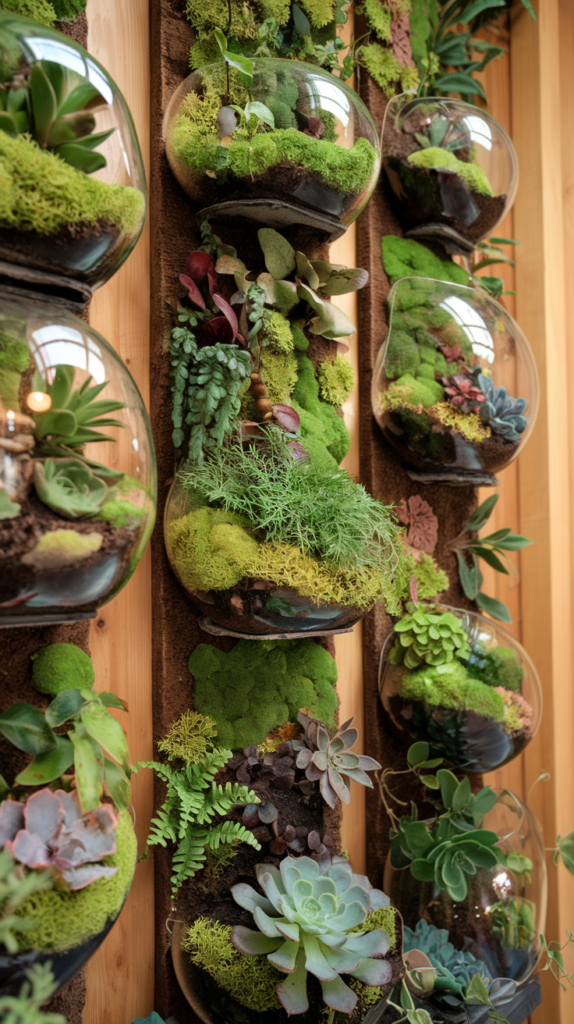
Terrariums are miniature, self-contained gardens that can be displayed on tabletops, shelves, or counters. These small ecosystems are low-maintenance and add a touch of elegance to any room.

How to Build a Terrarium:
- Choose a Container: Select a glass container such as a jar, vase, or fishbowl.
- Layering: Start with a layer of pebbles for drainage, followed by activated charcoal to keep the soil fresh. Add a layer of potting soil on top.
- Plant Selection: Choose small plants like moss, ferns, or succulents. Arrange them aesthetically within the container.
- Decorative Touches: Add miniature figurines, stones, or coloured sand for a personalized touch.
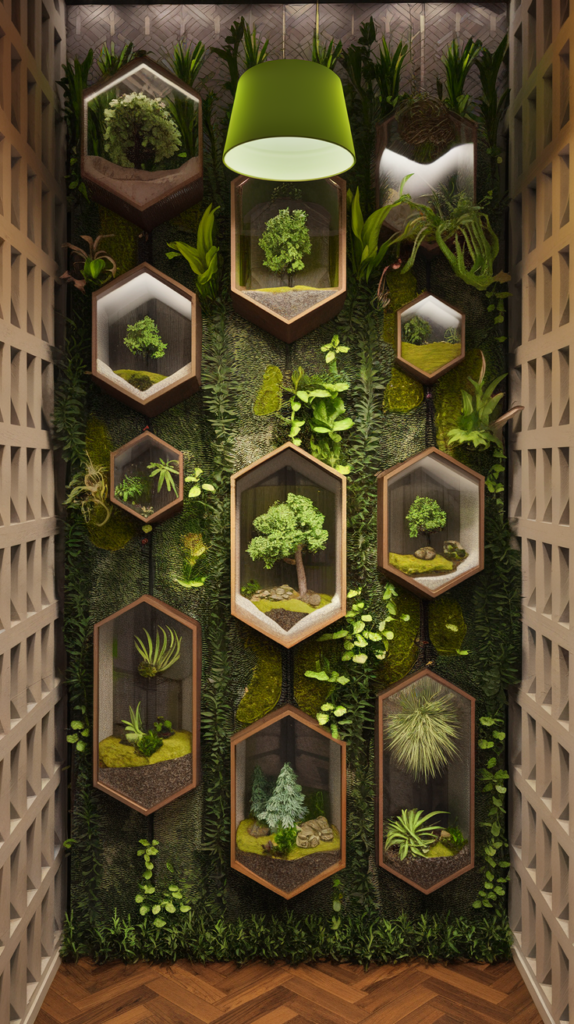
Best Plants for Terrariums:
- Succulents like aloe vera or echeveria.
- Mosses for a lush, green appearance.
- Tiny ferns and air plants.
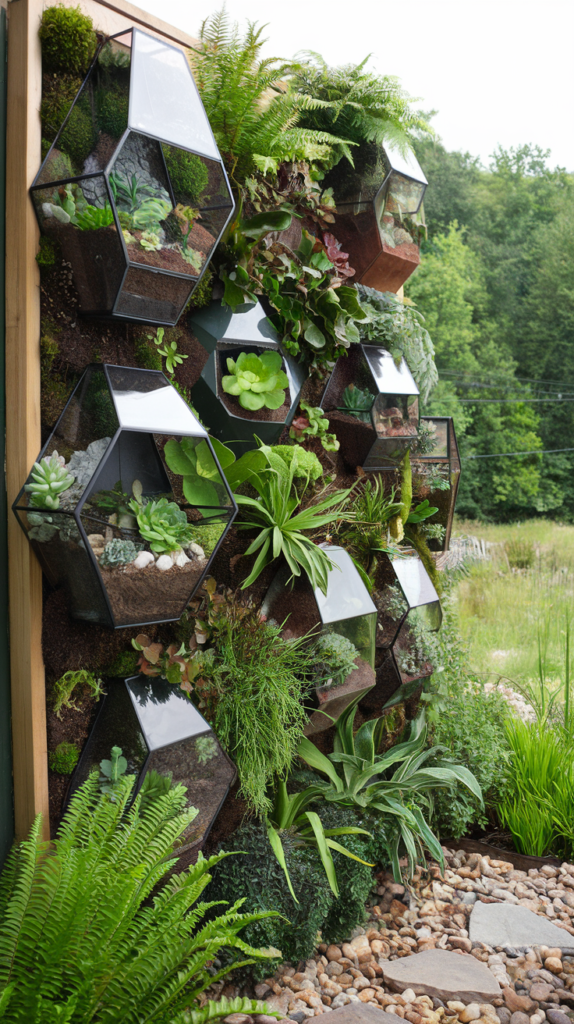
5. Tabletop Planters and DIY Plant Displays
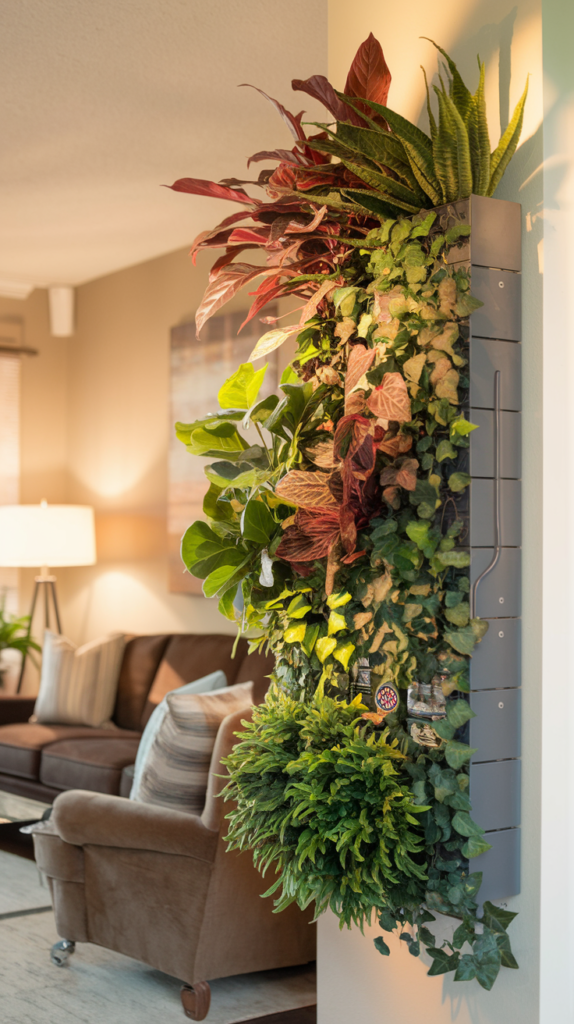
Tabletop planters offer flexibility and portability, allowing you to place greenery on dining tables, coffee tables, or shelves. With a little creativity, you can turn everyday items into unique planters.

DIY Ideas for Tabletop Planters:
- Upcycled Containers: Transform teacups, tin cans, or old bowls into charming planters.
- Geometric Pots: Use modern, angular pots for a contemporary look.
- Plant Trays: Arrange multiple small pots on a decorative tray to create a compact garden display.

Best Plants for Tabletop Planters:
- Cacti and succulents for low-maintenance care.
- Miniature orchids for a pop of colour.
- Seasonal flowers for a fresh and vibrant look.

Tips for Successful Home Planting Without a Garden
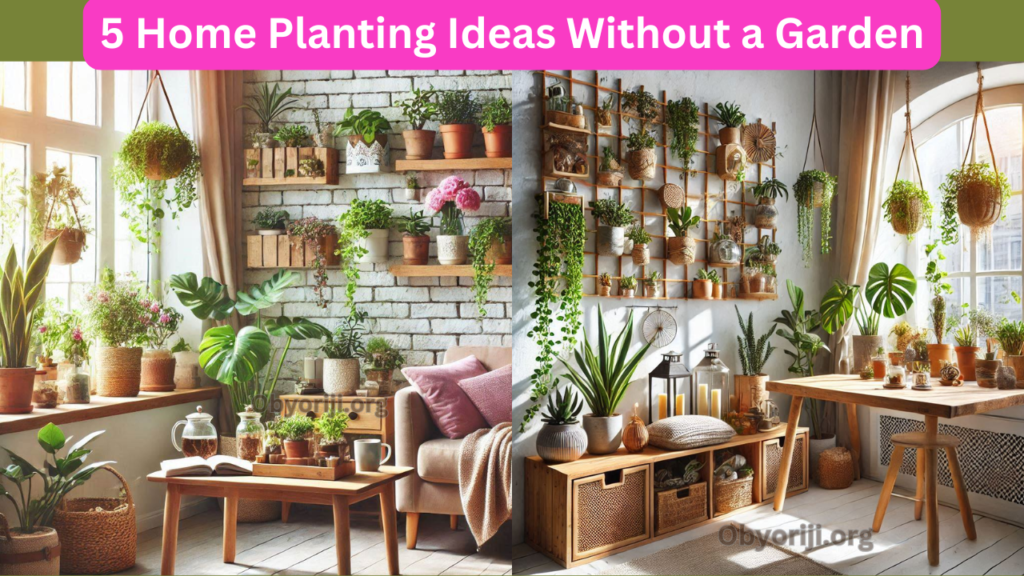
- Lighting Matters: Ensure your plants receive the appropriate amount of light. Use grow lights if natural sunlight is limited.
- Water Wisely: Overwatering is a common issue in indoor planting. Always check soil moisture before watering.
- Choose the Right Soil: Use potting soil tailored to the specific plants you’re growing.
- Fertilize Sparingly: Feed your plants with suitable fertilizers to keep them healthy, but don’t overdo it.
- Rotate Plants: Periodically move plants to different spots for optimal growth and even exposure to sunlight.
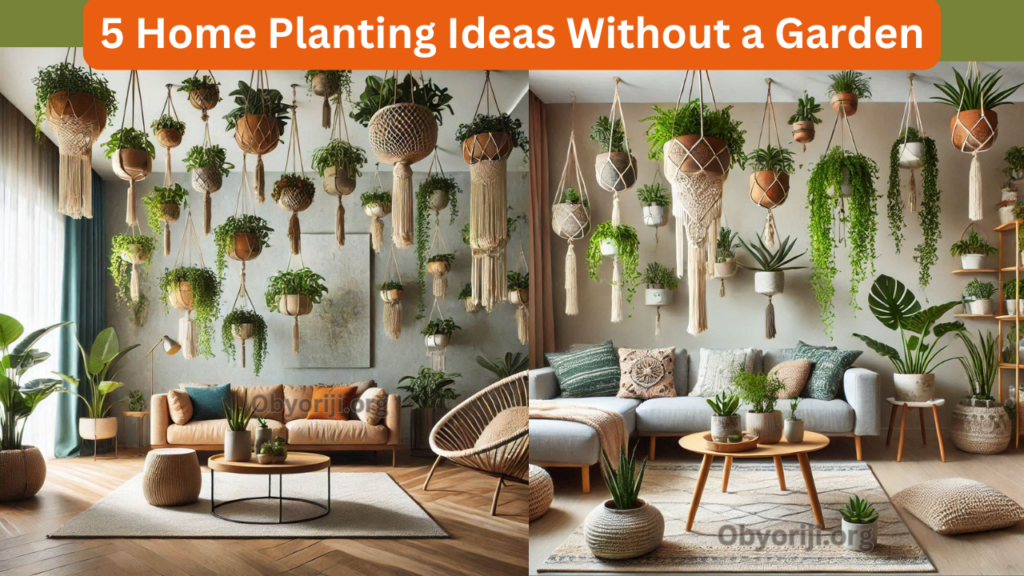
Conclusion
Planting without a garden is not only possible but also incredibly rewarding. Whether you opt for vertical gardens, hanging planters, or elegant terrariums, there’s a solution for every home and style. With a bit of creativity and care, you can create a lush, green environment that enhances your living space and brings you closer to nature.
